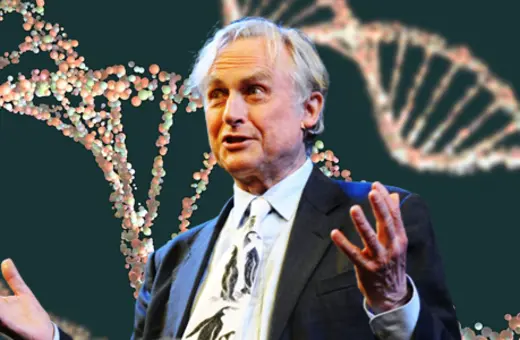From apps to doctor's offices, we are being given more and more data and detail about our health. We are then given the drugs we need to balance each person's collection of conditions. This however argues David Healy is just the result of the neoliberal target setting pharmacology establishment pushing drugs to treat life. He argues for a rejection of this treatment in his continuation of Technology and the demise of medicine.
Targets created economic neo-liberalism. Targets emerged simultaneously in medicine and illustrate the ramifications of neoliberalism.
Treating diseases was the traditional goal of medicine. Up to 1980, doctors measured blood pressure, glucose and cholesterol levels, bone densities, and scores on rating scales as an aid to treating heart attacks, diabetes, or psychoses.
In 1981, blood pressure, glucose and related targets treating which would prevent heart attacks or psychoses. Services reorganized themselves to screen for and treat numbers. Before 1980, we brought our problems to doctors, after that medical clinics began to summon us for screening and gave us problems we didn’t know we had. Rather than the market in health shrinking as prevention suggests, it expanded dramatically.
Pharmaceutical companies focused on treatments to manage these targets. Around 90% of company profits are made from medicines to treat targets rather from medicines to save people having heart attacks, strokes, or psychoses. Where once we might have taken a time-limited treatment for one disease, we were soon being treated in perpetuity with multiple drugs.
In contrast, the few new drugs that save lives, like Triple Therapy for AIDs or Solvadi for Hepatitis, bring immense pressure to lower the treatment price, leading to less profits than marketing medicines to the healthy, leading Goldman-Sachs recently to declare that saving lives is not a good business model.
___
The financial crisis of 2007 hinged on a financialization driven by neoliberal targets that replaced an exercise of discretion based on political judgements beyond numbers.
___
Mental health has seen no breakthrough drugs for the management of psychoses, or mood disorders, for over sixty years, but vastly more money is made treating a rapidly increasing proportion of the population who would never have been viewed as mentally ill before 1980. Astute marketing departments turn our rating scale score into wants, even needs, creating a booming wellness industry. We now seek optimization in a competitive market rather than treatment for an illness.
Health targets can enable us to govern or sabotage ourselves. In the 1860s, scales on which to weigh ourselves appeared. A decade later, a new condition, anorexia nervosa, was described. Anorexia became more frequent in the 1920s when the life insurance industry linked weight to health, and public weighing scales began to carry ideal weight norms pinned to them, with beauty linked to these norms. Eating disorders mushroomed in the 1960s as weighing scales migrated into our bathrooms but remained close to non-existent in countries without scales.
Scales, like stopwatches or any measuring instrument, offer a tool through which we can control an aspect of our identities. But their use becomes maladaptive, even life-threatening, if we measure one aspect of our lives intensely and neglect all else. If we cannot measure everything and synthesize all measurements, we risk being infected by the data we collect. Just as social conditions and constitutional differences interact with microbes to produce infections, social conditions and temperaments interact with measurements to infect our identities.





















Join the conversation